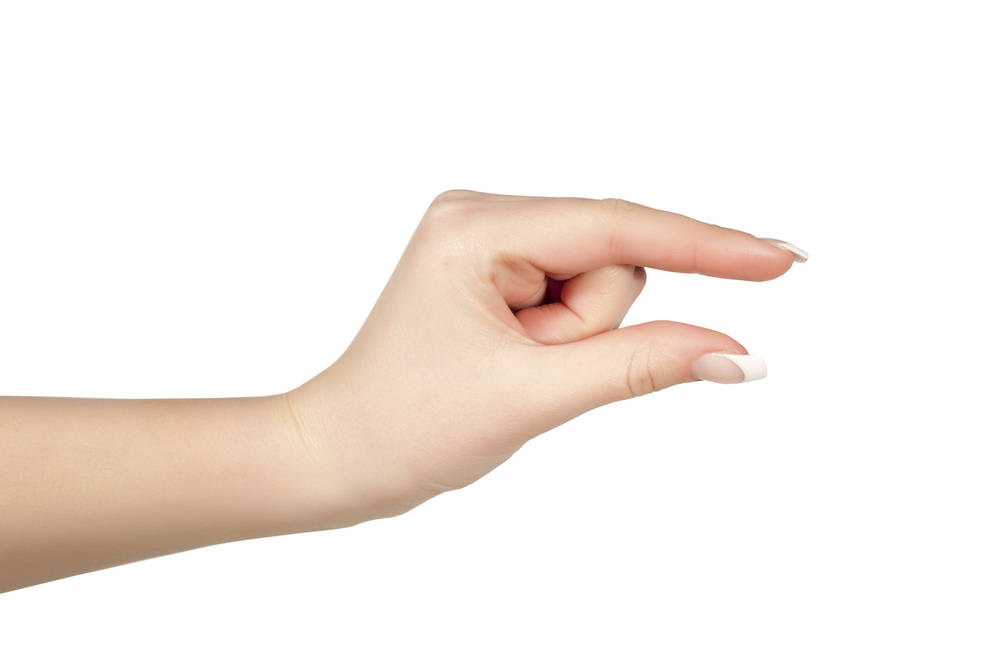Samsung Brags That Its Latest Imaging Sensor Has The Ittiest-bittiest Cam Pixels In The World

Samsung today introduced its latest imaging sensor, the 50-megapixel ISOCELL JN1, which it claims has the smallest individual pixels in the industry.
Housed on a relatively small 1/2.76-inch package, each of the 50 million pixels measures just 0.64µm. For contrast, these are almost one-third the size of the iPhone 12's camera pixels, which measure 1.7µm.
By using smaller individual pixels, Samsung has been able to achieve relatively higher megapixel counts, which often serves as a marketing tool for handset manufacturers, even if it does not translate into better image quality.
When you shrink a pixel, the surface that can absorb light is diminished, thereby worsening its performance in low-light conditions. To compensate, sensor manufacturers use a technique called pixel binning, where several pixels (typically four, but often more) are combined into a single unit.
Although the ensuing images are inevitably smaller, the ISOCELL JN1 produces 12.5-megapixel photographs with binning enabled meaning users are at least able to produce serviceable snaps in adverse lighting conditions.
We also know that smaller pixel sizes tend to be more susceptible to colour crosstalk. This isn't much of an issue for Samsung as since 2013, it has erected physical barriers between each individual pixel to mitigate against this.
- Silicon foundries surge to new revenue records, but Texas cold snap sent Samsung backwards
- Vietnam asks Samsung to find it some COVID-19 vaccines
- Patch me if you can: Microsoft, Samsung, and Google win appeal over patent on remote updating
- iFixit slams Samsung's phone 'upcycling' scheme for falling short of what was promised
By contrast, the large size sensor technology preferred by Apple produces excellent lowlight photography without the need for any of this additional trickery.
This is probably less of a viable approach for Android vendors, where the possibilities for differentiation are comparatively limited, and the inclusion of a 48 or 108-megapixel sensor is seen as a selling point.
The company has said it intends to integrate the ISOCELL JN1 in the middle-to-higher tiers of the smartphone market.
Due to its smaller size, Samsung said the sensor will allow vendors to shrink the width of their camera modules by around the 10 per cent, giving a flatter and more streamlined aesthetic. This smaller size has allowed Samsung to market the ISOCELL JN1 as a potential choice for front-facing cameras, as well as conventional rear-facing applications.
According to the most recent data from Strategy Analytics, Samsung was the second-largest mobile imaging sensor vendor during 2020, with a share of 29 per cent.
It trailed Sony, which accounted for 46 per cent of revenues, but was significantly ahead of Chinese outfit OmniVision Technologies, which snatched up just 10 per cent of all spending. ®
From Chip War To Cloud War: The Next Frontier In Global Tech Competition
The global chip war, characterized by intense competition among nations and corporations for supremacy in semiconductor ... Read more
The High Stakes Of Tech Regulation: Security Risks And Market Dynamics
The influence of tech giants in the global economy continues to grow, raising crucial questions about how to balance sec... Read more
The Tyranny Of Instagram Interiors: Why It's Time To Break Free From Algorithm-Driven Aesthetics
Instagram has become a dominant force in shaping interior design trends, offering a seemingly endless stream of inspirat... Read more
The Data Crunch In AI: Strategies For Sustainability
Exploring solutions to the imminent exhaustion of internet data for AI training.As the artificial intelligence (AI) indu... Read more
Google Abandons Four-Year Effort To Remove Cookies From Chrome Browser
After four years of dedicated effort, Google has decided to abandon its plan to remove third-party cookies from its Chro... Read more
LinkedIn Embraces AI And Gamification To Drive User Engagement And Revenue
In an effort to tackle slowing revenue growth and enhance user engagement, LinkedIn is turning to artificial intelligenc... Read more

